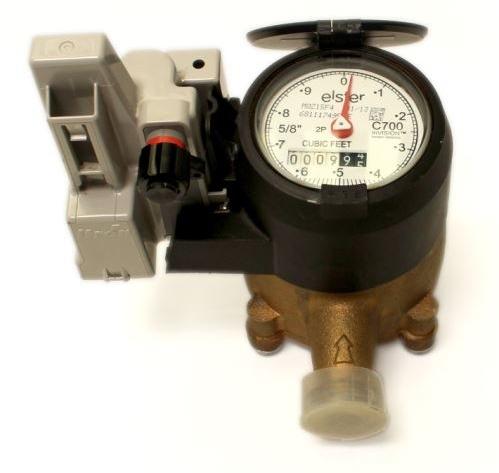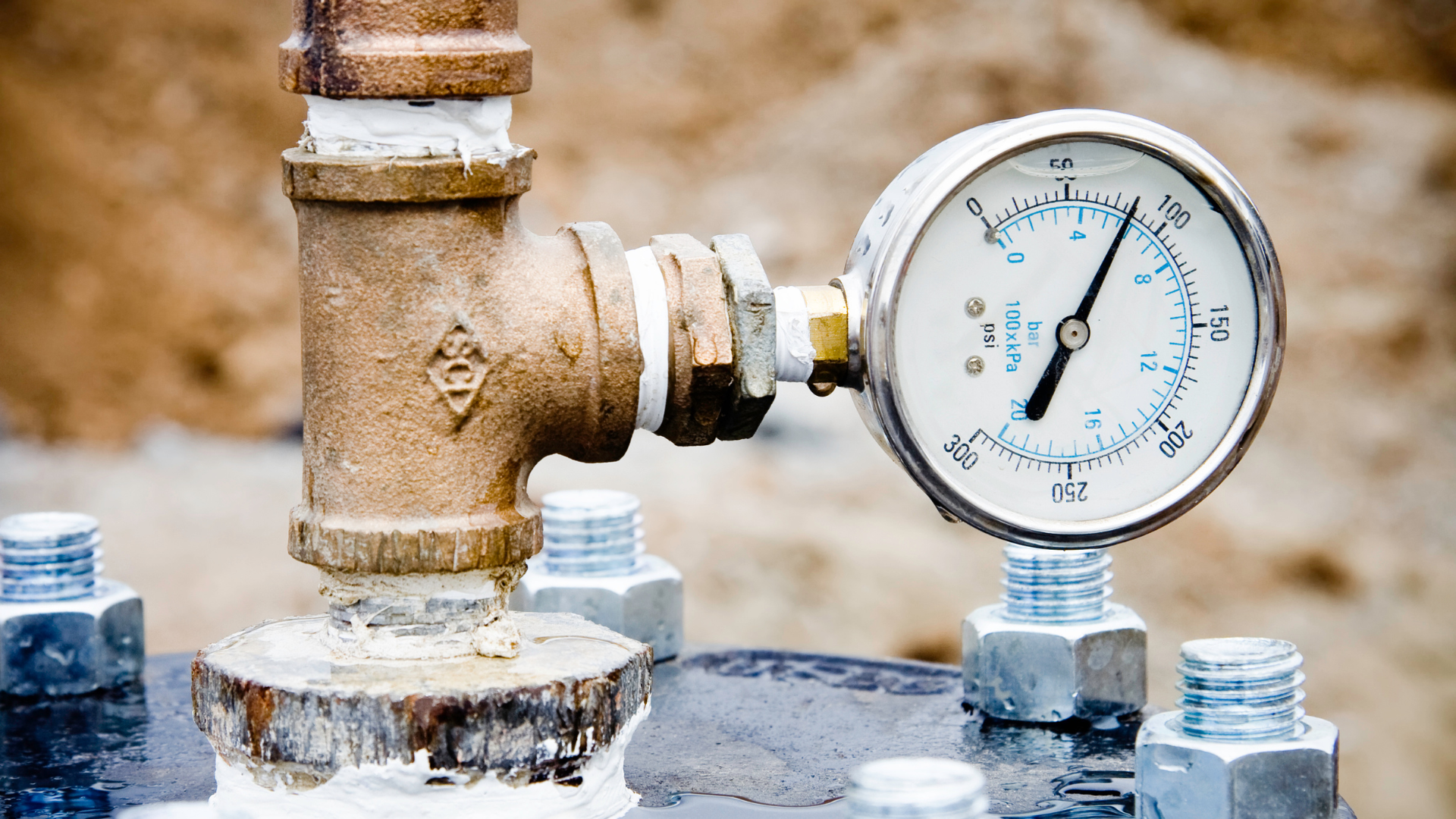Efficient Strategies for Dealing with Low Water Pressure in Your Home
Efficient Strategies for Dealing with Low Water Pressure in Your Home
Blog Article
We have found this great article pertaining to 9 Reasons for Low Water Pressure in Your House directly below on the web and concluded it made sense to write about it with you on my blog.

Low tide pressure in your house can be a frustrating trouble, affecting every little thing from showering to cleaning recipes. If you're experiencing weak water flow, there are several possible causes and solutions to explore. In this guide, we'll talk about common factors for low tide pressure and useful steps to address the issue effectively.
Introduction to Low Water Stress
Low water pressure happens when the flow of water from your faucets, showers, and various other components is weak than normal. This can make day-to-day tasks more difficult and less reliable. Recognizing the root causes of low tide pressure is important to locating the best service.
Typical Causes of Low Tide Pressure
Faulty Stress Regulators
Stress regulators are accountable for maintaining regular water pressure in your home. If they malfunction, it can cause low tide pressure or uneven circulation throughout your home.
Municipal Water Issues
Occasionally, the issue lies outside your home. Local supply of water concerns, such as main line leaks or upkeep job, can briefly decrease water pressure in your location.
Pipeline Obstructions
Over time, pipelines can come to be clogged with mineral deposits, sediment, or debris, restricting the flow of water. This is a typical issue in older homes with galvanized steel pipelines.
Deterioration
Corrosion within pipes can bring about leaks and reduced water pressure. Rust build-up can constrict water flow, specifically in maturing plumbing systems.
How to Identify Low Water Pressure
Inspecting Pipelines
Inspect visible pipes for indicators of leaks, corrosion, or obstructions. Focus on any kind of unusual sounds, such as knocking or rattling pipes, which might show issues within the plumbing system.
Consulting with a Plumber
If you're incapable to determine the reason for low water pressure, think about hiring a specialist plumber to conduct a thorough inspection. They can identify underlying concerns and suggest suitable remedies.
Examining Faucets and Components
Begin by testing the water pressure at different faucets and components throughout your home. If the concern is isolated to specific areas, it might suggest localized troubles.
Do It Yourself Solutions to Repair Low Tide Pressure
Flushing Water Heater
Debris build-up in the water heater can limit flow and minimize performance. Flushing the storage tank periodically helps get rid of sediment and maintain ideal efficiency.
Examining Stress Regulator
Ensure that the pressure regulator is operating correctly. Changing or changing the regulator can help bring back appropriate water stress throughout your home.
Cleaning Aerators and Showerheads
Natural resources can build up in aerators and showerheads, decreasing water circulation. Remove and clean up these elements consistently to improve water pressure.
Clearing Clogs in Pipeline
For small obstructions, try using a plumbing serpent or chemical drainpipe cleaner to clear obstructions in pipelines. Beware when using chemicals and adhere to security standards.
When to Call a Specialist Plumber
If DIY efforts fail to solve the problem or if you believe considerable plumbing problems, it's ideal to seek aid from an accredited plumber. They have the proficiency and devices to attend to complex problems safely and properly.
Preventive Measures to Keep Water Pressure
Mounting a Stress Booster
Think about installing a pressure booster pump to enhance water pressure in locations with continually low circulation. This can be specifically beneficial for multi-story homes or residential properties with high-demand components.
Tracking Water Usage
Be mindful of water usage routines and stay clear of ill-using the plumbing system. Straightforward modifications, such as incredible showers and washing loads, can help preserve sufficient water stress.
Regular Upkeep
Set up regular maintenance for your plumbing system to stop problems such as rust, leakages, and clogs. Attending to minor troubles early can assist stay clear of more substantial repairs in the future.
Conclusion
Dealing with low water pressure can be frustrating, yet identifying the underlying causes and executing proper remedies can restore optimal flow throughout your home. Whether it's cleaning aerators, examining pipelines, or talking to a plumber, taking proactive actions can ensure a stable supply of water for your daily requirements.
FOUR WAYS TO FIX LOW WATER PRESSURE NOW
Turning on a shower or faucet only to find the water comes out in a sad, slow drizzle is never a good feeling. How exactly are you supposed to wash a pan or take a quick shower when it takes 10 minutes just to rinse off a little soap? The good news is that when your water pressure is bad, there's always a cause: typically one that can be easily fixed. Here are some of the most common causes of low pressure and what you can do to fix the issue:
DEBRIS AND MINERAL DEPOSIT BUILDUPS
If you notice low water pressure from just one or two of the fixtures in your house, the problem likely has to do with debris buildup. Water is full of minerals and other debris, all of which can accumulate in your pipes and on your fixtures. This can cause a blockage that affects how much water flows through. To fix this, try filling a small plastic bag with white vinegar, and use a rubber band to hang it around your showerhead or faucet. Let the head of the fixture soak for a few hours, and the vinegar should loosen the deposits.
WATER LEAKS
Leaks are another common cause of low water pressure. If water is flowing out of your plumbing through a hole or crack before it can reach your fixture, the pressure coming out of the faucet or showerhead will be lower. A plumbing professional is your best bet for finding and repairing a leak in your water supply pipes.
Leaks are another common cause of low water pressure. If water is flowing out of your plumbing through a hole or crack before it can reach your fixture, the pressure coming out of the faucet or showerhead will be lower. A plumbing professional is your best bet for finding and repairing a leak in your water supply pipes.
A VALVE ISSUE
If you have low water pressure throughout your home, check your main shut-off valve to make sure it's completely open. You may also want to see if there's a pressure-reducing valve installed. If there is, have a plumber help you adjust the settings to get the pressure you're looking for.
OTHERS USING WATER
Believe it or not, your low water pressure could be caused by your neighbors. If you notice low pressure at certain times of day, it may be because you and the people living next to you have similar schedules - when everyone is showering at the same time, the pressure will be lower in every home. Low pressure throughout the neighborhood may also be caused by an issue with your municipal water supply. If that's the case, call the supplier to see if they're working on the issue.
https://www.rotorooter.com/blog/water-leaking/low-water-pressure-fixes/

Do you really like reading about 10 Reasons for Low Water Pressure in Your House? Make feedback down below. We would be pleased to find out your opinion about this review. Hoping that you visit us again soon. If you enjoyed our blog entry if you please be sure to share it. Thanks for your time spent reading it.
Call Report this page